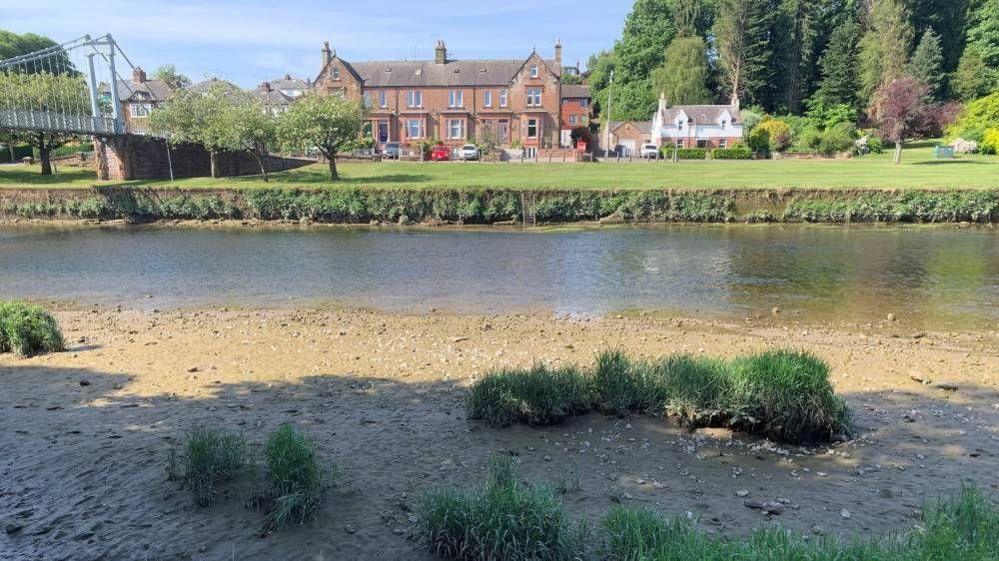Six areas now at significant water scarcity level
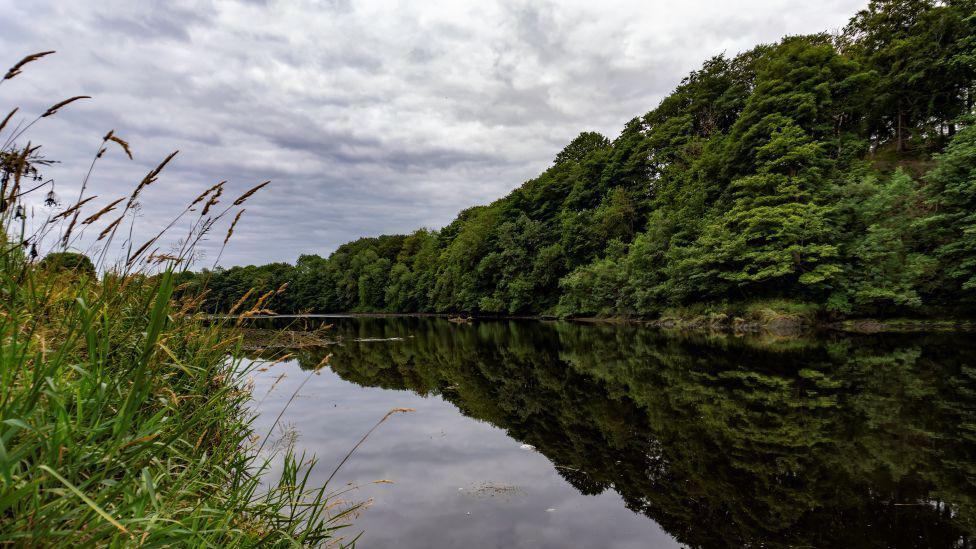
The River Don has now been added to the scarcity list
- Published
Six areas of Scotland are now experiencing significant water scarcity - the highest level - as prolonged dry conditions continue.
The Lower Tweed catchment was escalated on Thursday, after the Upper Don and Lower Don in the north east of Scotland also reached significant scarcity on Wednesday.
The North Fife, Ythan and Deveron catchments had already been announced by the Scottish Environment Protection Agency (Sepa) earlier this week.
It means restrictions to limit the removal of water from the natural environment around the rivers for industry and agriculture, a process known as abstraction.
The alert means that rivers have reached a critical level after being very low for 30 or more days.
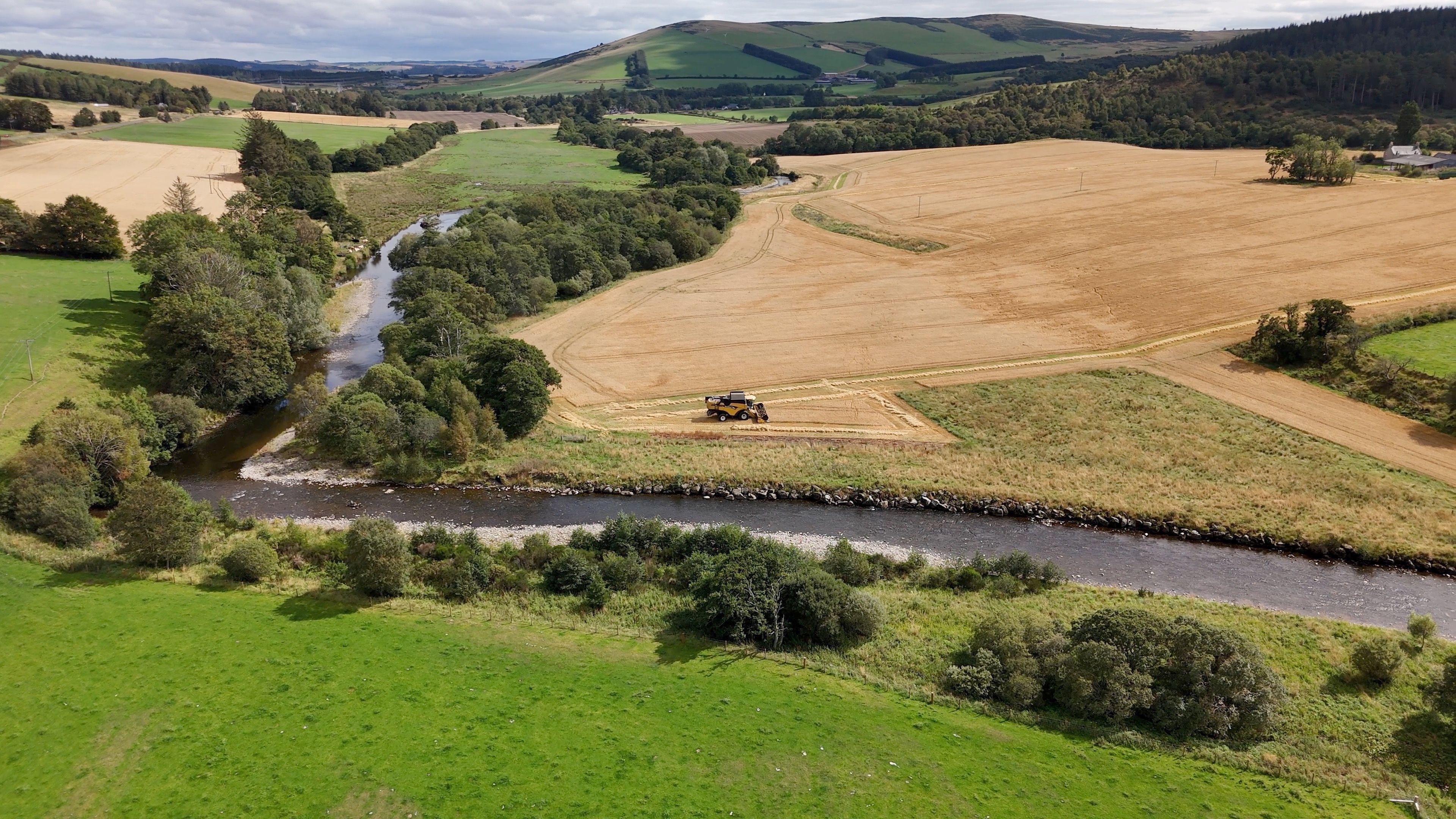
The River Deveron is at its driest level for five decades
Sepa had already warned that unless there was sustained rain there could be significant scarcity around other rivers in the east of Scotland this week, including the Don and Lower Tweed.
Some rain is forecast for parts of Scotland over the coming days.
However, Sepa said it remained uncertain whether this would provide "meaningful relief" to rivers .
David Harley, the head of water and planning at Sepa, said: "Six areas of Scotland are now at significant scarcity, the highest level of water scarcity we have.
"It's a critical moment for farmers, businesses and communities who depend on these rivers."
He said Sepa officers would be out in areas where restrictions were in place.
"Sepa will keep monitoring conditions closely and take the action needed to protect our rivers, the environment, and the livelihoods that rely on them," Mr Harley added.
Temporary restrictions
Sepa said every month of 2025 had been drier than average on Scotland's east coast.
Rivers have been unable to recover despite short bursts of heavy rain in recent weeks.
The curbs are described as temporary and will be lifted as soon as conditions allow.
Scotland has not had a hosepipe ban since 1995.
Related topics
- Published26 August
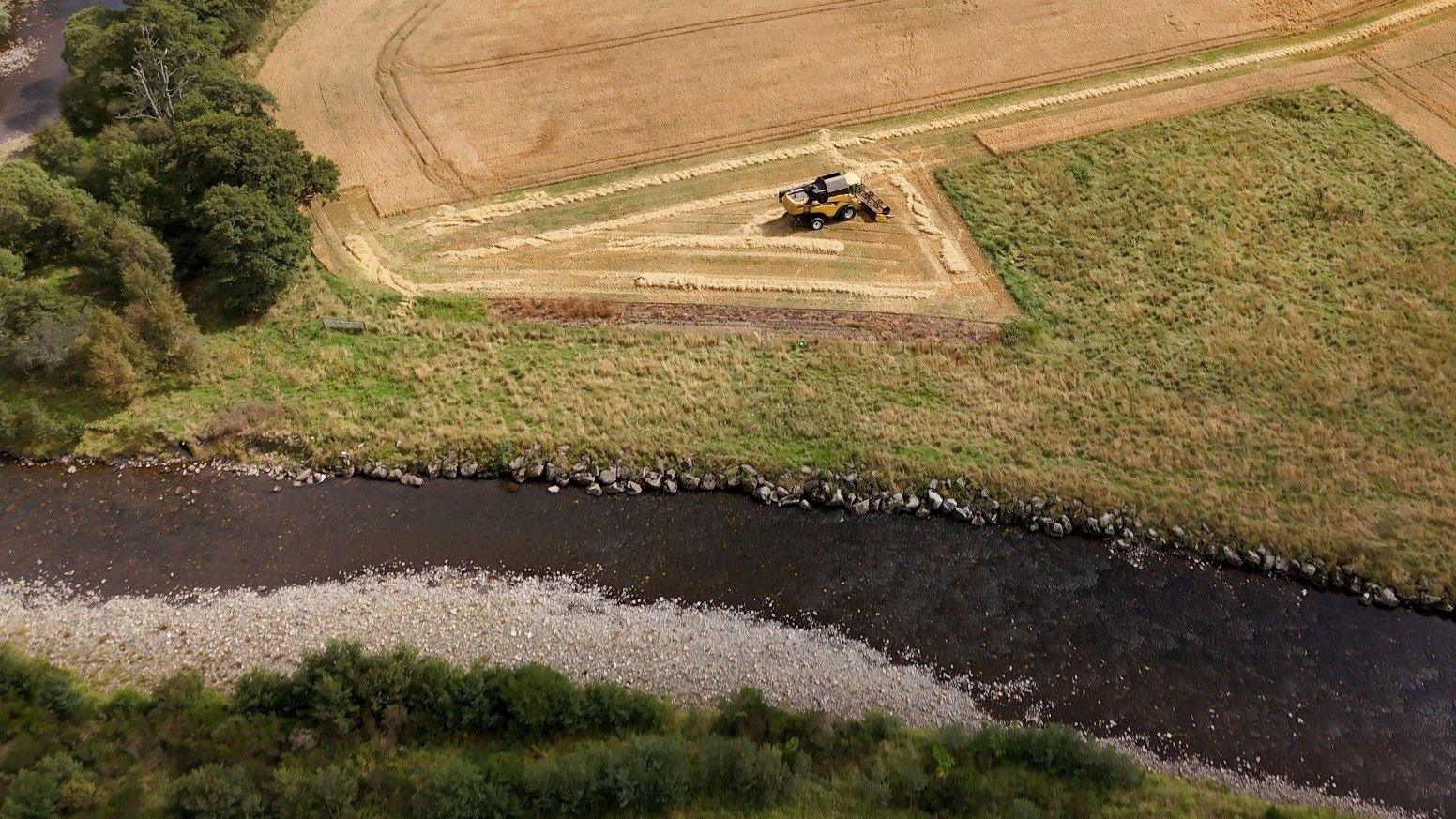
- Published25 August
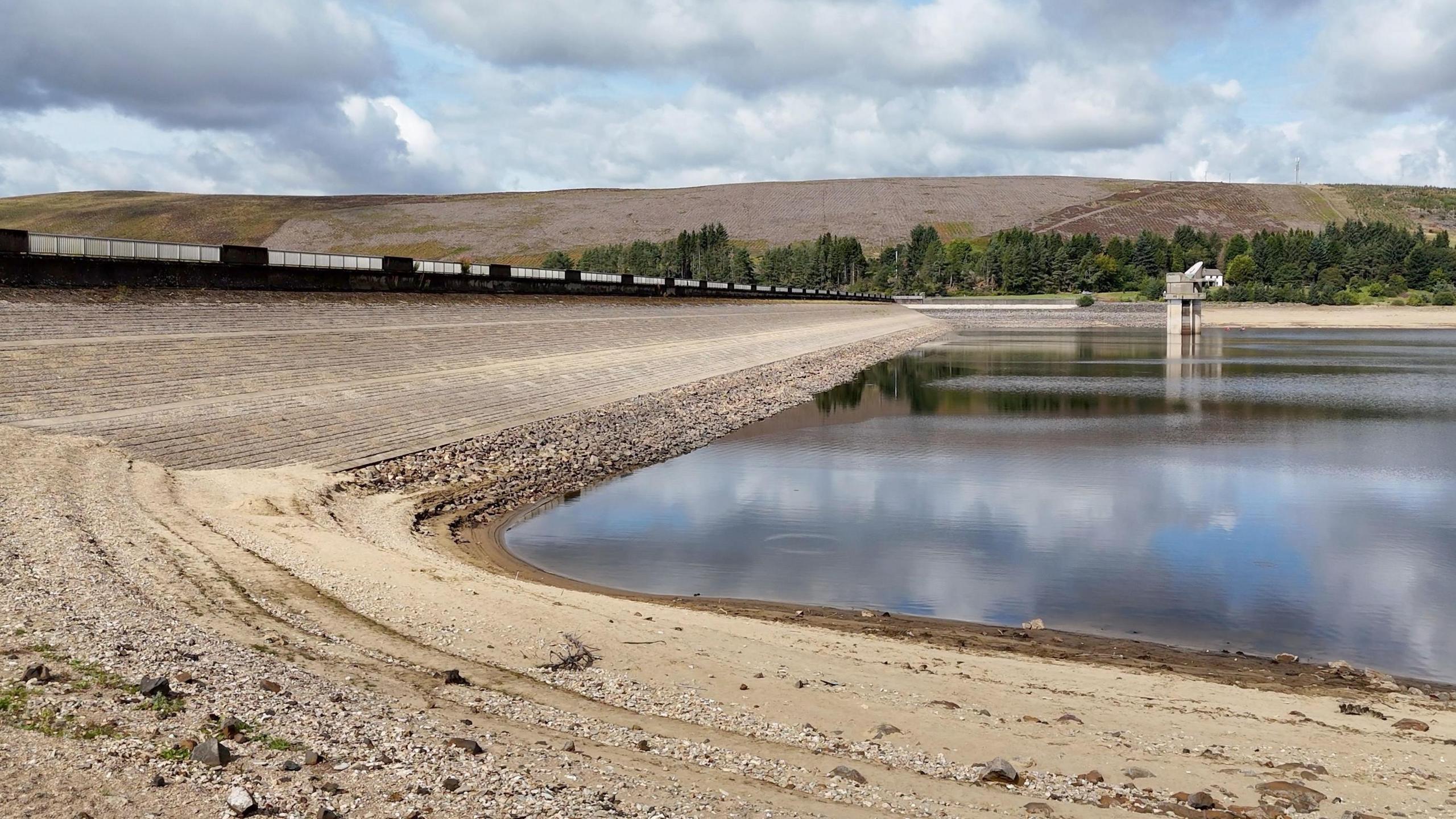
- Published22 August
